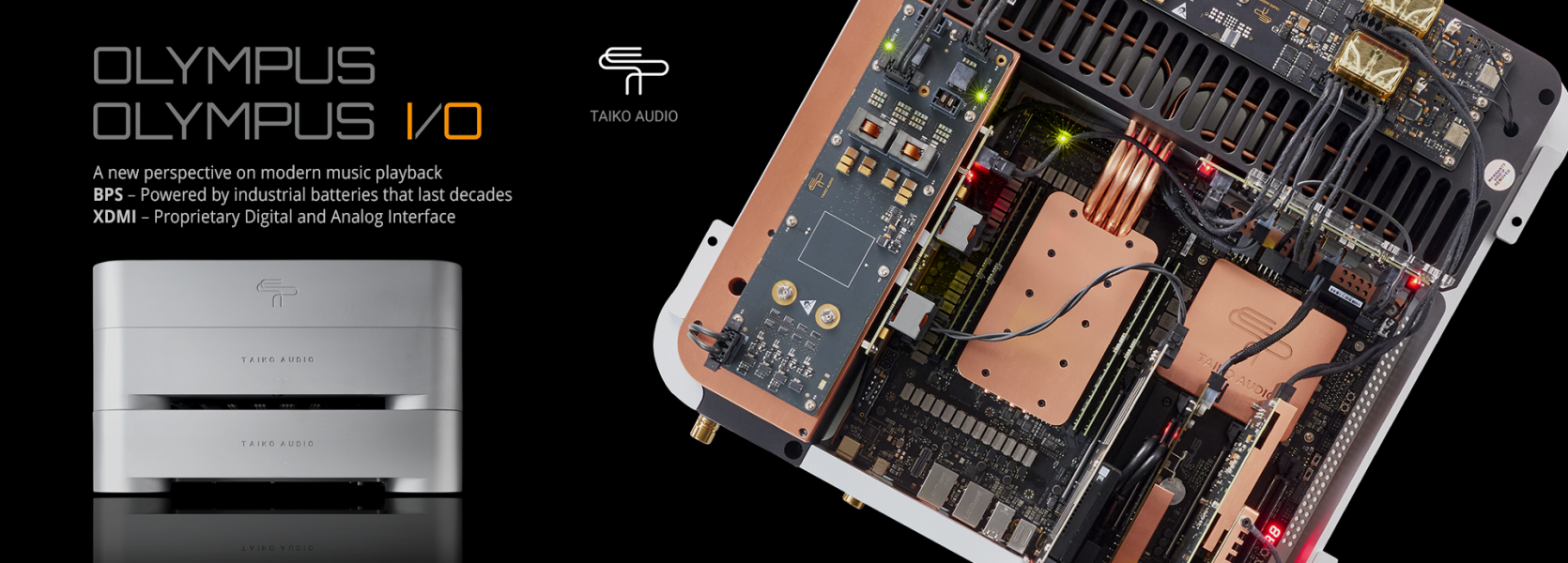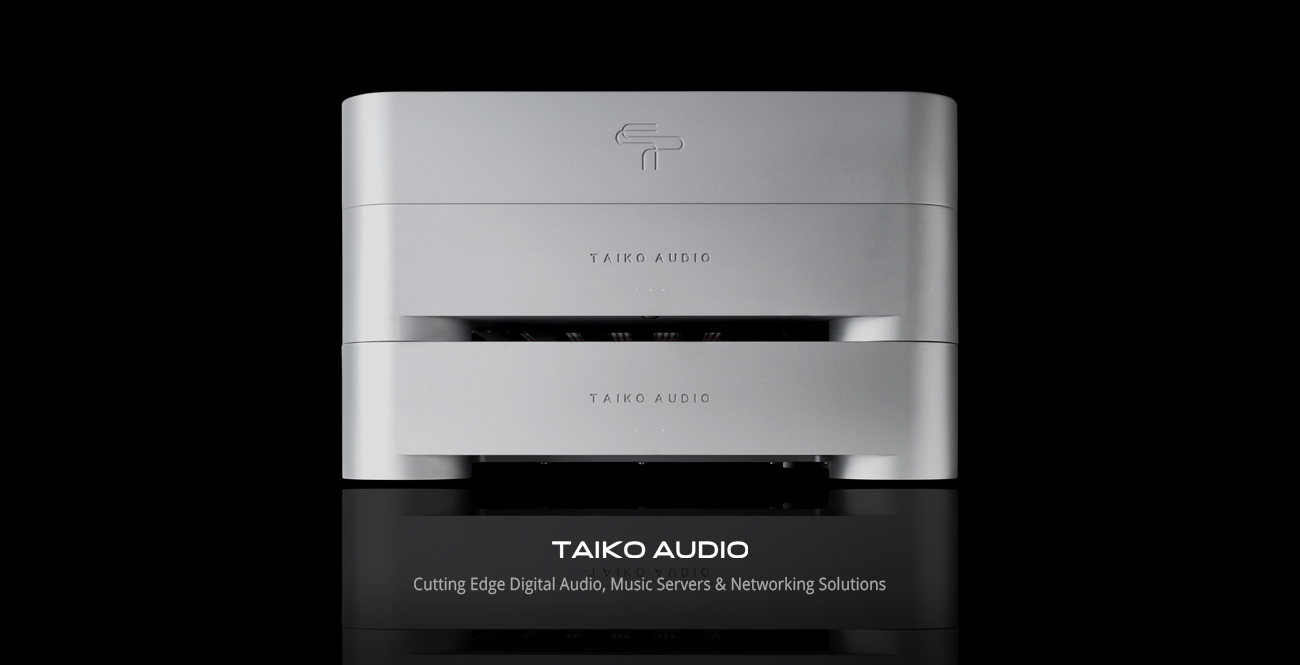Olympus XDMI analog vs. MSB Select 2 DAC (with MSB Digital Director)
I brought my Olympus XDMI to a state-of-the-art system to compare it with the MSB Select 2 DAC + MSB Digital Director. Three of us took part in the comparison: the host, guest #1 (me), and guest #2. The host and I met around 10:30 am, guest #2 joined a little later, and we finished close to 6 pm. We got so carried away that we even forgot to take a lunch break!
I won’t go into detail about the system, but it was phenomenal, with top-tier components and meticulous attention to every detail - exceptional power configuration, a custom built room within a room, excellent room treatment, reference-level speakers, amplifiers, cables, racks, and more. It was truly a dream setup.
The digital source was a Taiko Extreme USB (with the Taiko USB card) connected to the MSB Digital Director via MSB’s ProISL interface, which then fed the MSB Select 2 DAC. The Select 2 DAC was connected to a fully balanced preamp with top-quality XLR cables. As far as I understand, this fully balanced reference level preamp really shines with balanced connections, so the Olympus XDMI’s analog output, being RCA, might have been at a slight disadvantage from the start. Additionally, the MSB components were placed on HRS platforms, while the Olympus was not.
We started by warming up with the Extreme + MSB combo. It sounded pretty good. Then we switched to the Olympus XDMI analog. Hmm, it sounded different but not necessarily better to me. I felt the bass was better, but we seemed to lose some magic with the Olympus XDMI analog. Something wasn’t right. Then I remembered - I had left the XDMI battery power supply in "charging" mode. I quickly opened the BPS app and switched it from "charging" mode to "auto". Wow, what a difference! Much better.
Now, here are my thoughts - just my subjective opinion, of course. YMMV.
For me, it was hard to go back to the Extreme - MSB after hearing the Olympus XDMI analog in that system.
The first thing that stood out was how much better the bass was with the Olympus XDMI analog. All three of us agreed on that. There was noticeably more air around the instruments with XDMI, and again, all three of us concurred. The decay of each instrument was more pronounced with XDMI - fast, precise, and specific to each instrument, making you feel as you were right in the room with the musicians.
We noticed a bit of shimmer in the highs from the MSB. To me, it sounded brighter, though I didn't feel this was due to extra detail retrieval. In my opinion, it was brighter and leaner, with some veiling in the bass and mid-bass regions. Some people may actually prefer that sound - it’s more of the typical "HiFi" presentation that you often hear at shows and stores.
Next to the Olympus XDMI, the Extreme + MSB combo sounded lean. Interestingly, when we connected the Olympus via USB to the MSB, that lean sound disappeared for me, but I could still detect digital artifacts - the kind that make people gravitate toward analog sources.
One of the tracks we played was "Louis Armstrong - Duke’s Place (1990 Remaster)" (Qobuz streaming). I can vividly recall the difference between the MSB and XDMI analog on this track. To my ears, the double bass with the MSB sounded veiled and boomy. With XDMI analog, it was lively/playful/toe-tapping. That double bass is the foundation of the track, and when the system plays it right, you stop analyzing and simply enjoy the music. What I heard from XDMI was engaging and immersive music. In contrast, the MSB sounded slightly more digital to me and felt more analytical in presentation.
Here’s how each of us personally ranked the three presentations:
Host:
- Olympus XDMI analog - best
- Olympus USB —(MSB ProISL)—> MSB Digital Director -> MSB Select 2 DAC - second best
- Taiko Extreme USB —(MSB ProISL)—> MSB Digital Director -> MSB Select 2 DAC - his third preference
(By the way, he mentioned his MSB Select 2 and Digital Director are now for sale)
Guest #1 (me):
(Same as the host)
- Olympus XDMI analog - best
- Olympus USB —(MSB ProISL)—> MSB Digital Director -> MSB Select 2 DAC - second best
- Taiko Extreme USB —(MSB ProISL)—> MSB Digital Director -> MSB Select 2 DAC - my third preference
Guest #2:
- Olympus USB —(MSB ProISL)—> MSB Digital Director -> MSB Select 2 DAC - best
- Olympus XDMI analog - second best
- Taiko Extreme USB —(MSB ProISL)—> MSB Digital Director -> MSB Select 2 DAC - his third preference
Our main takeaway? Subjectively, all three of us preferred the Olympus XDMI analog over the Taiko Extreme + MSB Digital Director + MSB Select 2 in this particular setup. And that's without the Olympus I/O. I am excited to see/hear what the I/O will add when I receive mine.
Our biggest surprise? How much of an improvement we felt the Olympus USB was on the MSB Select 2 in this system, even with the MSB Digital Director.
The good news - I am told the XDMI MSB ProISL daughter card is nearly ready (I have one on order with my next Olympus). I wish we had a chance to try that as well. Next time, I guess? It will be extremely interesting to see how much of an improvement XDMI ProISL would be over USB and whether that will significantly change our rankings listed above.
Lastly, I am very interested in making such comparisons with other reference level DACs. Please reach out if you have any ideas on how to make this happen.
Disclaimer: The experiences and views shared above are purely my own from this particular listening session. As audio perception is highly individual, others may have different impressions or preferences. This review is shared for informational purposes only and is not intended to criticize or harm any products or brands.



